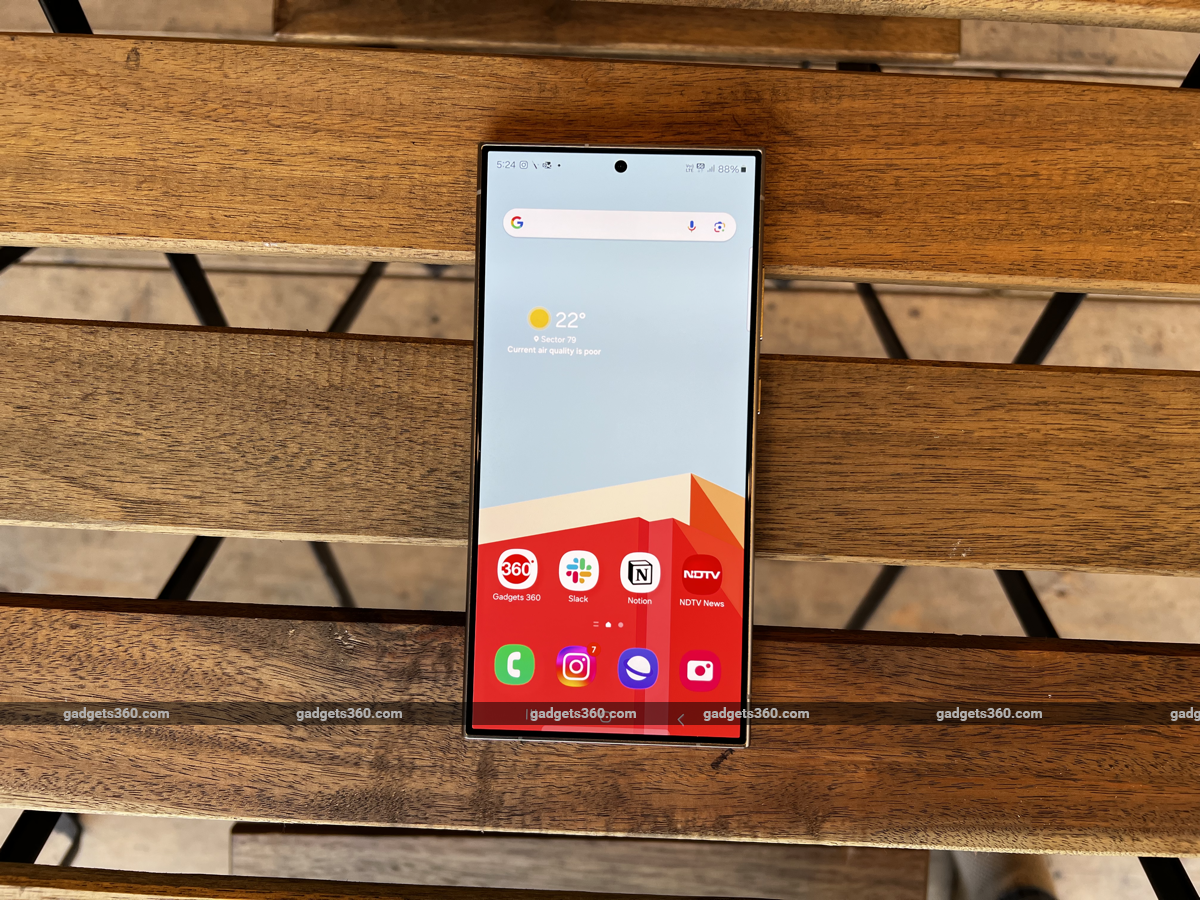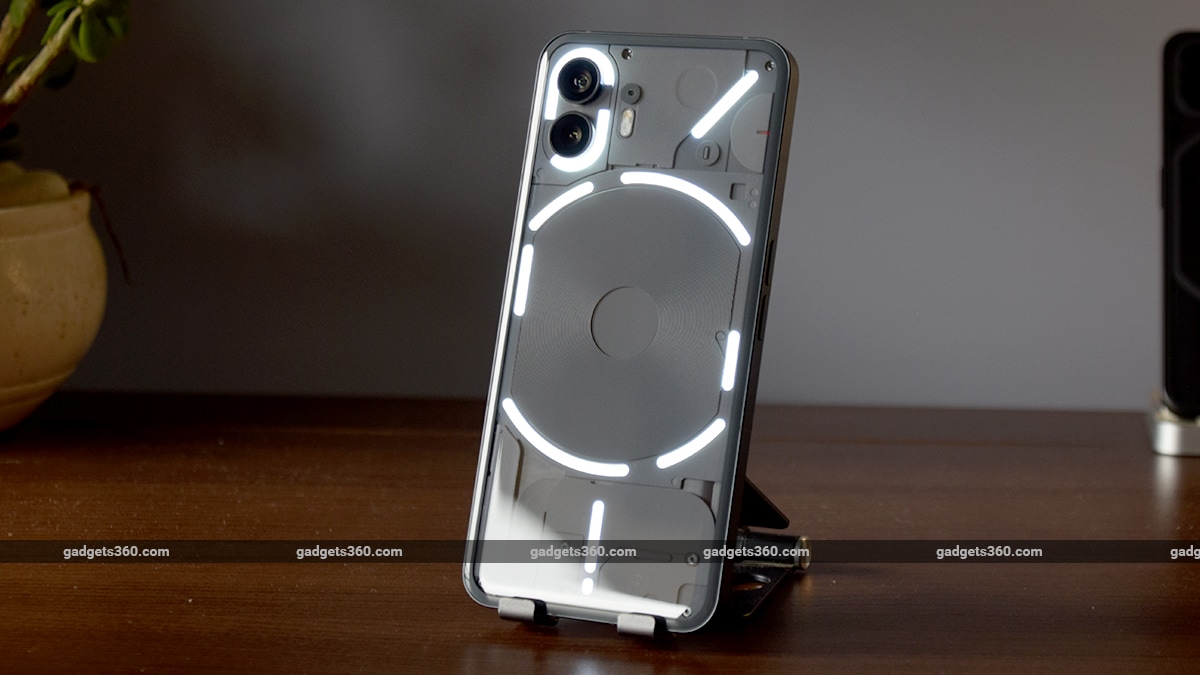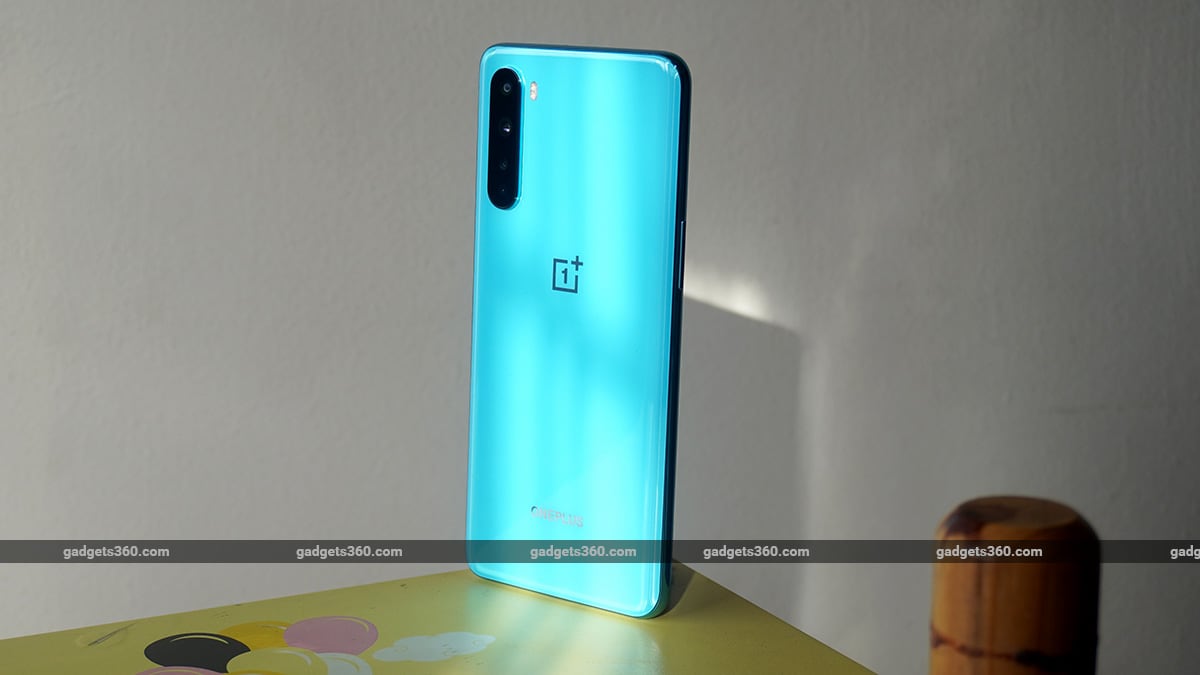When Realme launched its Narzo series earlier this year, the company said it was meeting customer demand for low-cost phones with powerful processors, even if that meant compromises in other areas such as camera quality. The Narzo series was meant for a different audience, rather than a specific price segment, and so some amount of overlap with other models was expected. However, the Narzo 10 and 10A turned out to be renamed versions of the Realme 6i and C3 respectively with barely any differences. Now, we have the new Narzo 20, 20A, and 20 Pro – but will the same story play out?
The new Narzo 20 is extremely similar to the Realme C12 and Realme C15 in terms of design and features, and we’re struggling to see the segmentation when it comes to specifications. It’s priced starting Rs. 500 lower than the Realme C15 and offers a superior processor but at the cost of some potential compromises when it comes to the cameras.
What’s going on here, and is Realme making things too confusing for buyers? Who should buy one of these models, and who should buy the others? I’m going to attempt to answer these questions in my review of the Realme Narzo 20.
Realme Narzo 20 price and specifications: Déjà vu?
The primary thing that sets the Realme Narzo 20 apart from the C1x models is its more powerful MediaTek Helio G85 processor. We did note some mildly sluggish performance from the Realme C12 and C15, which use the more modest Helio G35, so that should be a needed improvement. The Narzo 20 ships with 4GB of RAM across variants, and you can choose between 64GB and 128GB of storage, priced at Rs. 10,499 and Rs. 11,499 respectively. For most people, double the storage will be entirely worth the slight price increase.
The other big difference is in the camera department. The Narzo 20 has a 48-megapixel primary camera along with an 8-megapixel ultra-wide camera and a 2-megapixel macro camera. It’s surprising that another low-res unit wasn’t stuffed in to earn the “quad camera” badge that works so well for marketing, but that isn’t a practical loss as far as I’m concerned. The capabilities that you do get have fairly wide appeal.
You can check out Gadgets 360’s review for a full rundown of the cameras on the Realme C12 and C15. Both have 13-megapixel primary cameras. Only the Realme C15 has an ultra-wide one, but lacks a macro camera which the lower-cost C12 does have. They also both have 2-megapixel monochrome sensors but only the C15 has a monochrome filter option in its camera app. As you might see, the options don’t exactly scale with cost in a logical fashion. You’ll have to decide whether the novelty monochrome and “retro” filters of the C15 interest you more than having both macro and ultra-wide cameras.
Most other specifications are common across all three models. The 6000mAh battery is of course a big selling point, and you get 18W fast charging. Interestingly, the Narzo 20 features a more modern and convenient USB Type-C port while its cousins both require Micro-USB cables and chargers. All three models have identical dimensions and are fairly chunky at 9.8mm thick, though the Narzo 20 is officially one whole gram lighter than the others at 208g.
All three phones have the same display specifications but there’s no telling whether Realme uses exactly the same panels. You get a 6.5-inch HD+ (720×1600-pixel) panel with a waterdrop notch. There are independent slots for two Nano-SIMs as well as a microSD card, plus support for dual-band Wi-Fi and Bluetooth 5.
![]()
The Realme Narzo 20 has a unique textured finish that the company calls its “victory design” style
Realme Narzo 20 design and usability: Chunky yet functional
Realme is now well known for recycling designs across models so it should be no surprise that the Narzo 20 looks and feels almost exactly the same as its C-series cousins. It even comes in the same two colours, silver and blue. My Narzo 20 review unit is the Victory Blue option, which has a very light pastel tone. There’s chevron-like pattern that forms deep V shapes down the centre of the back, and these are slightly ridged giving the plastic panel some texture. You can see light play across the back as you tilt this phone in your hands.
The squarish camera module has three lenses and a flash, and there’s a fingerprint sensor centred on the rear as well, which might be just a little too high if you have small hands. Considering that this is a relatively thick, chunky phone, it isn’t too hard to hold on to but you will feel its weight if you’re used to having long conversations.
On the front, you have the usual tall screen with rounded corners, with relatively thick borders all around especially the chin. Realme says it has used Gorilla Glass, but not which version. My unit also had an adhesive screen protector pre-applied but there was no plastic case in the retail box. The power and volume buttons are all within reach on the right.
Realme has done a good job with design overall. This phone doesn’t necessarily feel very premium but the build quality is solid. It’s not too hard to use it with one hand thanks to the comfortable shape and non-slippery back.
![]()
There’s a USB Type-C port on the bottom
Realme Narzo 20 software and performance: Pleasant surprises
My review unit came with Android 10 as expected and the August 2020 security patch. The Realme UI skin is quite unobtrusive and not too different from stock Android while still offering plenty of useful touches such as a split-screen mode, game optimiser, app cloning, kids’ mode, private storage, smart sidebar, and gestures.
Super Nighttime Standby is a beta feature and claims to improve battery life by reducing backgound network and sensor activity, though at the cost of potentially delayed notifications. Super Power Saving Mode is a reduced functionality state in which you can choose only six apps that will be allowed to work.
There is some preloaded bloatware including multiple Realme apps, Amazon, Facebook, and WPS Office. There are also redundant browser, music, and video apps plus a Theme Store which are the only ones that can’t be removed. The Theme Store and Browser served some annoying notifications, but the rest were well behaved.
Thankfully, the Realme Narzo 20 proved to be much smoother to use in day-to-day situations than the Realme C1x series models, no doubt thanks to the bump in processor power. Responsiveness wasn’t always instantaneous but the UI was pleasantly fluid and I didn’t feel any stuttering. I was able to flip between apps quite easily.
![]()
The Narzo 20 is relatively thick at 9.8mm
The screen wasn’t always bright enough to see clearly under direct sunlight and I did notice that automatic adjustment sometimes didn’t kick in when needed. The screen resolution is a bit low and colours aren’t the most vivid, but everything still looked crisp enough and content was enjoyable. The speaker is just about okay as well – it’s fine for game effects but not for serious music listening. WideVine DRM certification is L3 only, so HD video streaming isn’t possible.
Gaming is supposed to be the main strength of MediaTek’s Helio G-series processors so we tried a few popular titles. Asphalt 9: Legends was smooth for the most part but the game did freeze momentarily when performing flips and crashing. Dead Trigger 2 ran with no trouble whatsoever. The upper rear of the Narzo 20 did get mildly warm when playing heavy games.
As for benchmarks, the Narzo 20 matched Realme’s claim of over 200,000 points in AnTuTu with a score of 202,210. For comparison, the slightly higher priced Realme C15 scored 113,185 points. Geekbench’s single-core and multi-core scores were 387 and 1,314. The GFXBench graphics test managed 32fps in its Manhattan 3.1 scene as well as 18fps in its Car Chase scene, both of which are good results for low-cost phones.
The 6000mAh battery definitely lives up to its potential. I was able to use the Narzo 20 for nearly two days before it needed to be plugged in, and that time included streaming a full-length movie, taking lots of photos and videos, streaming assorted media, and playing some games. Our HD video loop test ran for a whopping 29 hours, 6 minutes. Charging is also relatively quick, considering the capacity there is to fill.
![]()
The Narzo 20 has three rear cameras
Realme Narzo 20 cameras: The compromises
Unlike with the Realme C1x models, there are no special-purpose cameras here to pad the requirements for any marketing buzzwords. Competitors might offer four cameras, but in practical terms, you don’t need low-resolution gimmicks. The lack of a depth sensor is surprising though; this is usually a pretty low-cost feature to throw in.
The primary 48-megapixel camera serves its purpose, delivering reasonable photo quality. Colours are quite good most of the time, but detail is a bit rough and exposures aren’t always forgiving. For example, detail in the sky was lost in frames with buildings in the foreground. Detail isn’t great when looking at photos magnified to their actual size. At the full 48-megapixel resolution, you can get quite detailed shots but don’t expect great results from cropping sections of huge photos.
Realme Narzo 20 standard (top) and ultra-wide (bottom) camera samples (tap to see full size)
Natural depth of field is however quite good, and the Narzo 20 is quick to lock focus. There is a portrait mode which detects edges quickly enough, but you can’t adjust the effect before or after taking a shot. As expected, the ultra-wide camera lets you play with composition, but quality is much poorer and there’s severe distortion in photos.
At night, the Narzo 20 does okay. Shots looked washed-out and contrast was poor, besides the obvious issues of noise and low detail. There is a Night mode, which actually makes a considerable difference. Bright areas don’t get overblown and greys regain their colour, but that doesn’t mean that shots are clearly better all the time – you do lose detail and might end up with blotchier results sometimes. The wide-angle camera is of limited use outdoors in the dark. Night mode does work here and makes photos brighter, but don’t expect good detail.
Realme Narzo 20 low-light (top) and Night mode (bottom) camera samples (tap to see full size)
The low-resolution macro camera might entertain you but shots are rather poor in terms of sharpness, detail, and colour reproduction. This is not likely to be useful for capturing precious memories.
The 8-megapixel front camera does a decent enough job in the daytime but isn’t very effective at night. Beautification is on by default, which I’m never a fan off. There’s also a portrait mode which detected my face accurately, but made the background look rather artificial. Video recorded at 1080p, whether in the daytime or at night, is shaky and detail isn’t great. You can use the wide-angle camera as well but you can’t switch between the two while recording video.
Realme Narzo 20 macro camera sample (tap to see full size)
Realme Narzo 20 Portrait mode sample (tap to see full size)
Verdict
Realme has created even more confusion in its product lineup with the release of the Narzo 20, which seems to handily outclass the Realme C15. Although the C15 starts at a lower price, the Naro 20 is actually less expensive when you look at variants with comparable specifications. The Narzo 20 has a far better processor, and as a result overall performance is clearly superior. It also has a Type-C port and arguably more useful cameras.
According to Realme, the Narzo series prioritises performance and gaming while the C-series models offer huge screens and big batteries, and the number series is more about style, camera quality, and premium features. That makes sense on paper, but the C1x models have virtually nothing that the Narzo 20 doesn’t, and they aren’t differentiated by price either. The company could have made one series slimmer and lighter with smaller batteries, but that isn’t the case either.
The Narzo 20 is therefore much easier to recommend than its cousins, and a much stronger offering in its segment. Starting at just over Rs. 10,000 this is a decent phone with great battery life and good enough performance for occasional gaming.
Will Xbox Series S, PS5 Digital Edition fail in India? We discussed this on Orbital, our weekly technology podcast, which you can subscribe to via Apple Podcasts, Google Podcasts, or RSS, download the episode, or just hit the play button below.



